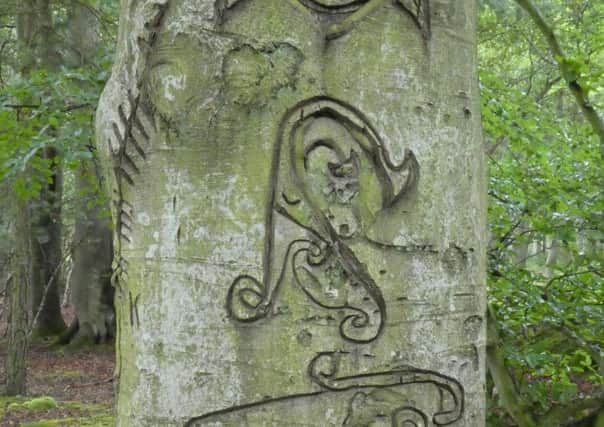Leader comment: A glimpse of the mysterious Picts


The Picts saw off the mighty legions of the Roman Empire, who retreated behind great walls rather than attempt to conquer them. They also defeated a Northumbrian army at the battle of Dun Nechtain in 685, a victory that some believe was crucial to the later creation of Scotland as a nation.
However, according to the Venerable Bede, not long after this decisive encounter, the Picts inexplicably vanished from history. Over the centuries, this apparent mystery helped turn them into something more like mythical beings than ordinary humans in the popular imagination.
Advertisement
Hide AdModern historians have suggested that their true fate was more prosaic – they simply adopted Gaelic language and culture and gradually became indistinguishable from other Scots.
One genetic study estimated about 10 per cent of Scottish men alive today are descended from Picts.
But, despite advances in history and archaeology they have remained largely lost in the mists of time.
So it is rather exciting – at least for those with an interest in ancient history – to hear of a breakthrough in the understanding of Pictish symbol stones at the site of an ancient fort at the Dunnicaer sea stack near Stonehaven.
The findings suggest the Picts were “innovators” in the use of symbol script as early as the 3rd century AD, hundreds of years before they were thought to have developed this form of “monumental communication”.
Dr Gordon Noble, of Aberdeen University, said that, over the last few decades, there had been a “growing consensus that the symbols on these stones are an early form of language”.
Advertisement
Hide AdAt the moment, most of what we know about the Picts comes from outsiders writing about them from afar, like Tacitus, the Ancient Roman writer who wrote an account of the Battle of Mons Graupius in 98AD, and Bede, a Northumbrian monk writing in the 8th century.
If the symbols were only used for names, then working out what they mean will be extremely difficult, but it does hold out the tantalising possibility that one day we might actually hear something from the Picts first hand.
And that would help demythologise these ancient inhabitants of Scotland, turning them back into the real people they were.
